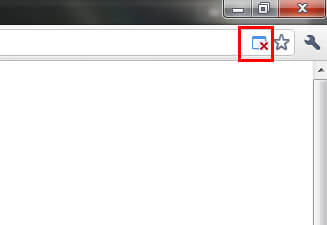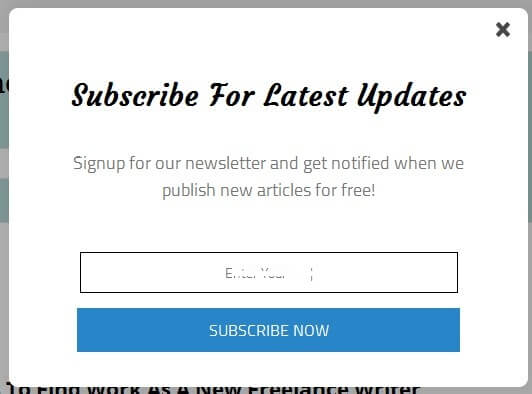This is what happened when we thought popups are gone

Kirtan Thakkar
Life is all about learningRemember the time when we were frustrated with those pop-ups popping up one after the other just after the page is loaded. When those numbers were increasing, the browsers have came up with the solution which started blocking the popups who tries to open without any interactions with the websites. That was pretty clean solutions and worked quite well.
However, this wasn’t enough. Then there were pop-up which waits for user interactions. Like, you open a website. No pop-ups. But as soon as you click somewhere (not necessarily on a link, anywhere on the page) and the ugly pop-up came up. That was a little less frustrating than the automatic pop-ups, but it was. Because, user thinks as I have not even clicked on a link and how can this pop-up popped up.
But, this became obsolete now with the advanced browsers detecting pop-ups quite well and asks user to decide if they want the website (if they trust that website) to show you a popup. On user granting permission to the website, the browser opens that pop-up.

Now, everything looks under control, right? Pop-up tries to open it self, browser blocks and asks user’s permission, user denies, the sad pop-up dies. That is controlled by the browser. But, here comes the times, where pop-ups are not controlled by the browsers. I think you know what I am talking about.
I am talking about the full-screen (CSS) pop-ups of the individual sites. Which definitely can not be controlled by browsers. As they can’t detect if that html element (which is in from of popup on your screen covering the whole web page) is a part of a regular interaction of the page or a pop-up.
 This one looks better, though.
This one looks better, though.
Most of this pop-ups are asking for your email address to subscribe you for their newsletter. Some are poorly configured and some are neatly. What I mean by neatly is it doesn’t pop-up when you are in middle of a read. It comes when you have finished the article and trying to see something else on the page. That is fine and it builds user’s trust. But some are poorly configured, like they pop-ups after say 30 seconds after you have opened the page. You may be in the middle of the read and that big pop-up frustrates you. That is why we hate pop-ups.
There are many ways to get user’s attention, like bottom-right pop-up when you scrolls down and asking you for subscribing newsletter or another interesting read for you. The pop-up configured right (the good one we just talked) are good and make a healthy relation with a user. The web notifications are new, are also a great way to interact with a user and let user subscribe without spamming the mailbox. (Oh did we mention we also have notification subscriptions, you can subscribe from the sidebar if you like). Hope, the industry finds the better way than the frustrating pop-ups which comes up in the middle of the read.
So, here we are with the pop-up again. This time, more rigid than we thought. If you though we have controlled that frustrating pop-ups, you are wrong. They are here again. And this time, they are here to stay. To stay long. Good luck!